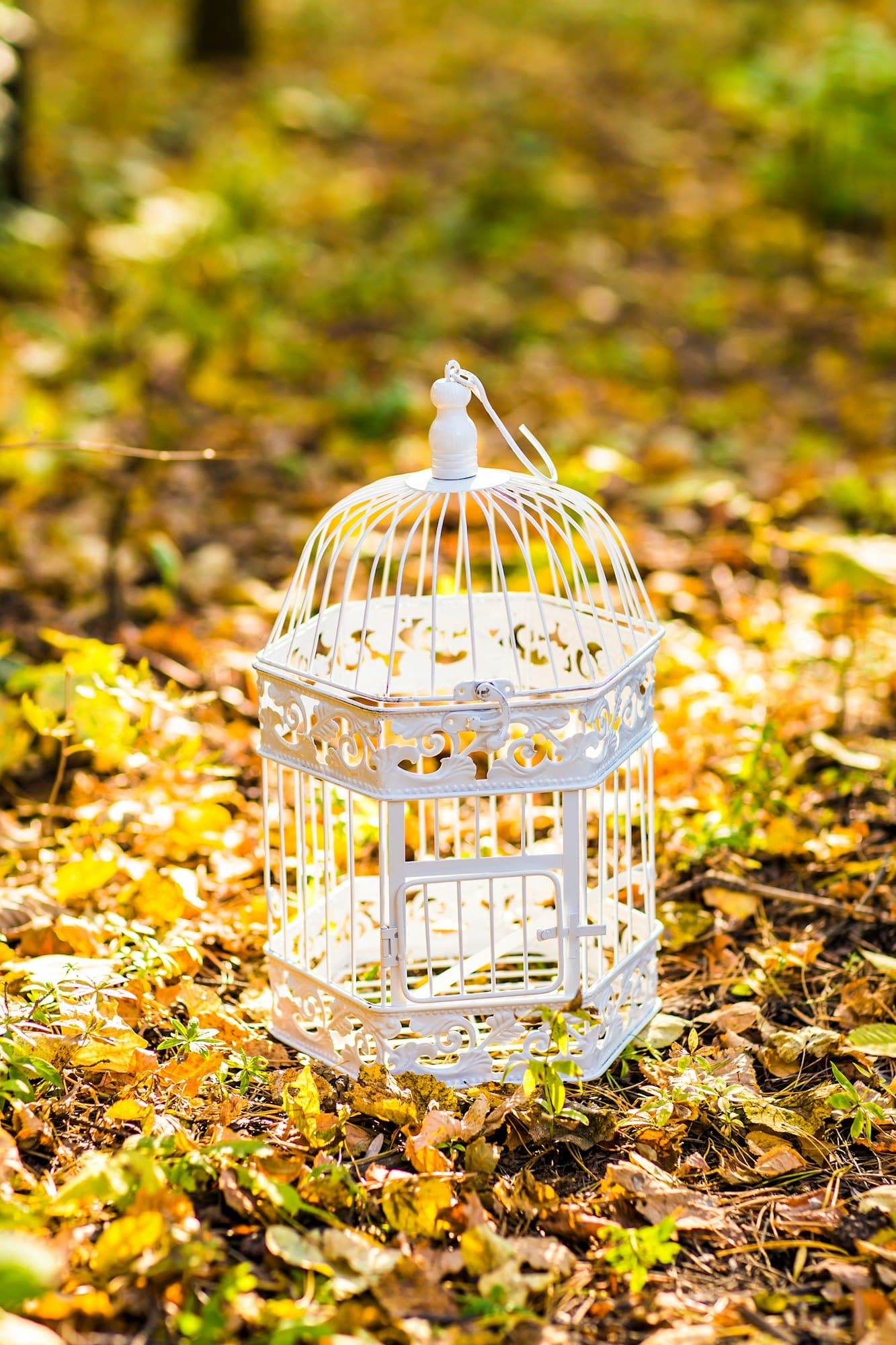How to Choose the Right Size and Type of Birdcage for a Pair of Cockatiels?

A pair of cockatiels could be a charming addition to your home, chirping and fluttering about with their vibrant personalities. However, a crucial part of keeping these birds healthy and happy is providing them with a comfortable and suitable cage. In this article, we will guide you on how to choose the right size and type of birdcage for your pet cockatiels, focusing on factors like cage size, bar spacing, and additional elements such as perches, toys, and food.
Choosing the Right Size Cage for Your Cockatiels
Choosing the right size cage for your cockatiels should be your first step. Cockatiels are active birds and need plenty of room to fly, climb, and play. This means that a small cage will not be sufficient, regardless of how often you let your birds out for exercise.
Dans le meme genre : What’s the Best Way to Introduce a Dog to Cold Weather Activities Like Skijoring?
The minimum size recommended for a pair of cockatiels is 20 inches by 20 inches by 24 inches (length, width, and height, respectively). However, if space and budget permit, opt for a larger cage. Remember, bigger is always better when it comes to birdcages. A roomy cage helps to prevent health issues associated with confinement, such as obesity and stress. It also allows your birds to express their natural behaviors, which is vital for their overall well-being.
Understanding the Importance of Correct Bar Spacing
Once you’ve determined the size of your birdcage, the next factor to consider is bar spacing. This is crucial for the safety of your pet cockatiels.
A voir aussi : What’s the Most Efficient Method for Dealing with Excessive Shedding in Huskies?
Bars spaced too far apart may allow your birds to stick their heads through the bars, possibly leading to injury or escape. On the other hand, bars that are too close together can restrict the view of your birds, causing them unnecessary stress. For cockatiels, the ideal bar spacing is between 1/2 inch to 5/8 inch. This will keep them safely contained while allowing them a clear view of their surroundings.
Setting Up Perches and Toys in the Birdcage
Perches and toys are important components of a birdcage that help to create a stimulating and comfortable environment for your cockatiels.
Perches provide a place for your birds to rest, while also giving them something to grip while they move around the cage. It’s best to choose perches made from natural wood, as these provide a slight variation in diameter that helps keep your bird’s feet healthy. The perches should be placed such that the birds’ tails will not touch the sides of the cage.
Toys, on the other hand, are essential to keep your birds mentally stimulated and physically active. They can range from bells and mirrors to climbing toys and chewing items. However, make sure the toys are safe for your birds. Avoid toys with small parts that could be a choking hazard, or those with sharp edges that could cause injury.
Providing the Right Food and Water Containers
Food and water are essential for your birds, and the containers you use should be suitable for them.
When choosing food and water dishes, select ones that are easy to clean and refill. They should also be sturdy enough not to tip over easily. Stainless steel or ceramic containers are often the best choice, as they are durable and easy to sanitize. Ideally, the dishes should be positioned at the height of your bird’s chest to ensure comfortable access.
Additionally, it’s crucial to provide a variety of foods to meet your cockatiels’ dietary needs. A diet of pellets supplemented with fresh fruits, vegetables, and occasional seeds will keep them healthy. Remember to remove any uneaten fresh food after a few hours to prevent spoilage.
Ensuring Proper Maintenance and Cage Hygiene
Lastly, to keep your birds healthy and their cage a pleasant place to live, regular maintenance and good cage hygiene are essential.
Cage cleanliness is vital to prevent the spread of diseases and parasites. Set a routine for cleaning the cage, dishes, and toys. Daily tasks should include removing food waste and droppings, while a thorough cleaning of the entire cage should be done weekly.
On the other hand, maintenance involves checking the cage regularly for any signs of damage, such as broken bars or sharp edges. Replace any worn-out toys or perches to ensure your birds’ environment remains safe and stimulating.
In conclusion, choosing the right cage for your cockatiels involves careful consideration of the cage’s size, bar spacing, and how it’s equipped and maintained. With the right setup, your feathered friends will be able to live comfortably, keeping them happy and healthy for years to come.
Selecting the Ideal Type of Cockatiel Cage
Deciding on the type of cage for your cockatiels comes after determining the right size. Various types of bird cages exist, and they differ based on aspects like design, material, and features. For your pair of cockatiels, the best options to consider are the flight cage or the play top cage.
A flight cage is designed to provide ample space for birds to fly around, mimicking their natural living conditions in the wild. This cage type is highly recommended for active birds like cockatiels. Another option is the play top cage which features a playing area outside the cage. This design allows your pet birds to interact with their surroundings when they’re not confined inside the cage.
When considering material, opt for a durable material like stainless steel. Not only is it sturdy, but it’s also non-toxic, resistant to rust, and easy to clean. Some cages come with a stand, which elevates the cage and aids in cleanliness by preventing the birds from reaching the floor.
Remember, the type of cockatiel cage you select can significantly influence your pet birds’ comfort and overall well-being, so choose wisely.
Success Stories and Final Thoughts
Many pet owners have found success in providing their pet birds with a comfortable and safe environment through the right bird cage setup. For instance, several African grey owners have cited the use of cages with appropriate bar spacing and size as instrumental in keeping their birds healthy and stimulated.
In conclusion, choosing the right bird cage for a pair of cockatiels involves more than just buying the first cage you see. Careful consideration of the cage size, bar spacing, type, and how it’s equipped and maintained is paramount.
Remember, your goal should be to mimic your birds’ natural habitat as closely as possible. This involves providing them with enough space to fly and play, ensuring their safety through appropriate bar spacing, and promoting their physical and mental well-being by setting up suitable perches, toys, and food water dishes.
Moreover, maintaining cleanliness and regular maintenance of the cage should be part of your routine. With these considerations in mind, you’ll be well on your way to providing a happy and healthy environment for your pet birds. Ultimately, seeing your cockatiels thrive will be a rewarding experience, making all the effort worthwhile.
